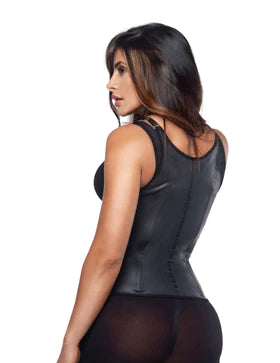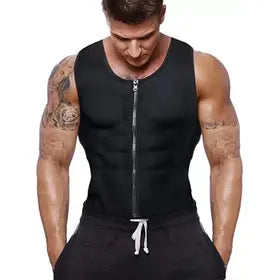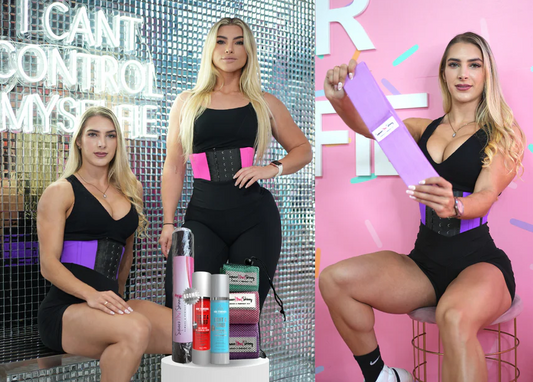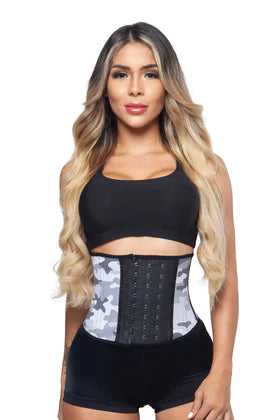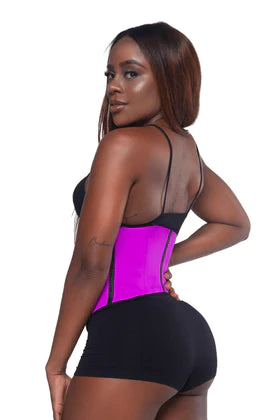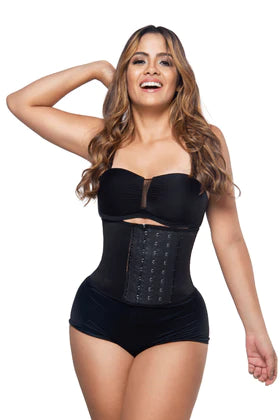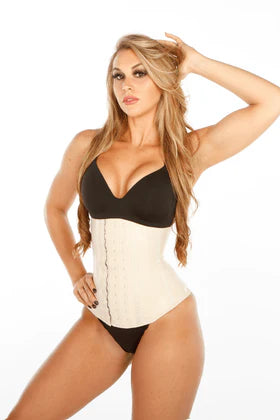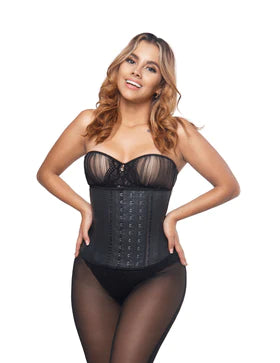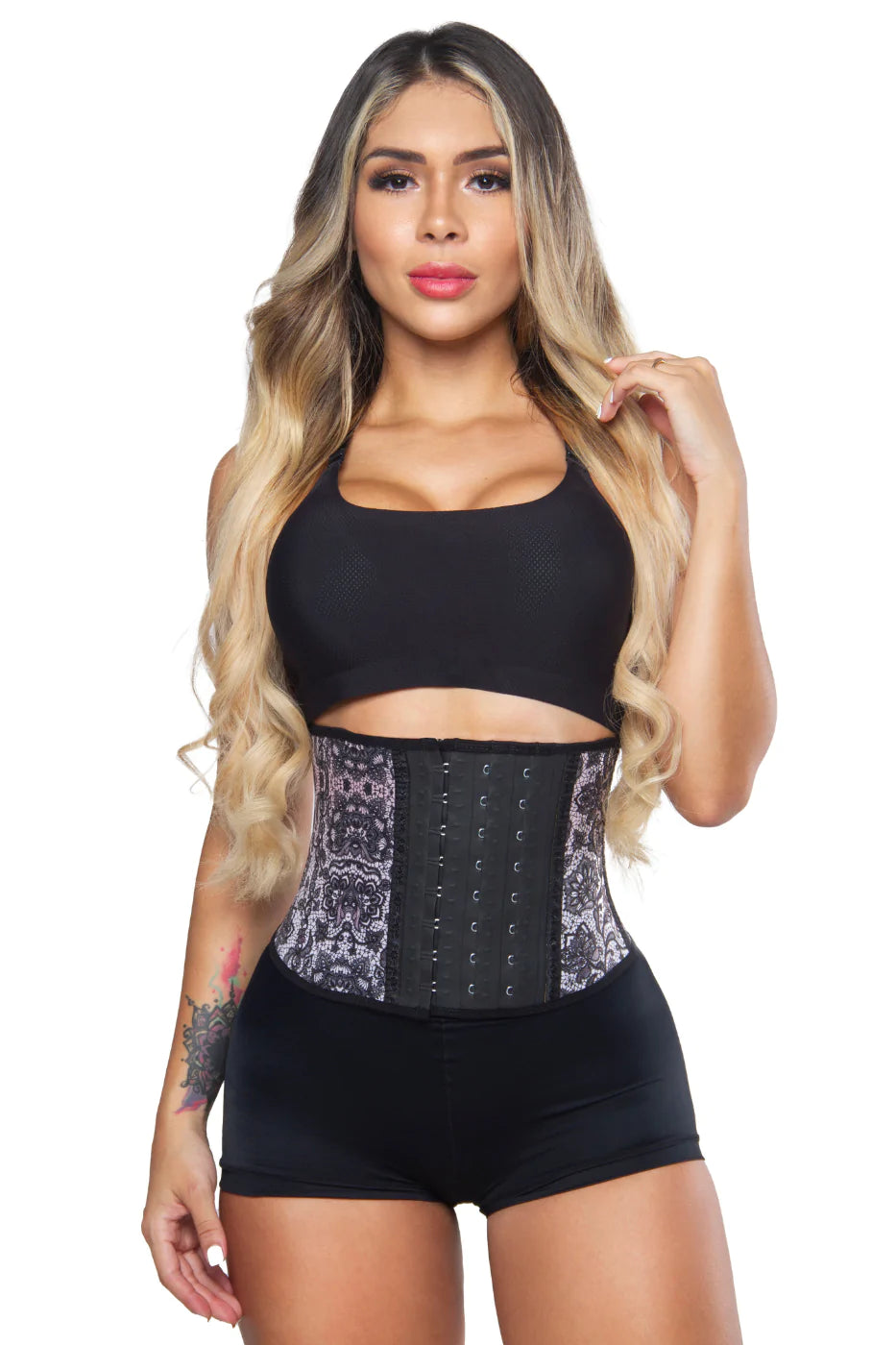
Tips For Embracing a Waist Trainer and Seamless Shapewear As Part of Your Wardrobe
Waist trainers and shapewear are an increasingly popular and effective way to cinch your waist and give you a smoother silhouette. However, there are a few misconceptions about wearing them. If you are hesitant about trying them, find out how you can embrace the trend and add them to your wardrobe.
Setting the Record Straight About Waist Trainers and Shapewear
Knowing the truth about the common misconceptions about compression wear may make it easier for you to embrace it as a part of your wardrobe. Here are the facts.
Waist Trainers and Corsets Are Not the Same
Waist trainers, shapewear, and corsets are not all interchangeable. Corsets cannot be classified as shapewear, although most waist trainers can. Steel bones, thick fabric, and laces that pull as tightly as possible characterize corsets. Because they press the body into the area offered, the corset design has body alteration in mind.
Contrarily, waist trainers are entirely different. They have suppler materials like latex and neoprene. Waist trainers squeeze you in all the correct places; you can wear one all day and exercise while wearing one.
Shapewear is a broader phrase to describe all the undergarments you might wear to help reduce love handles and other body irregularities.

Wearing a Smaller Size Will Not Give Better Results
You should wear a waist trainer that is the proper size for you if you want it to work (if you need further assistance with sizing, we're simply an email or phone call away). When you lose some circumference around your waist, switch to new shapewear by going down a hook size or two.
If you aren't comfortable in a waist trainer because it isn't the right size, it will ultimately start to collect dust in your wardrobe. Make sure you get the size that will enable your waist trainers to remain comfy and undetectable for hours.
Waist Trainers Are Not Only For Women
Although the designs are somewhat different than women's waist trainers, men's waist trainers do exist. Men benefit from waist training as much as women. Since they improve posture and provide lumbar stability, men prefer to wear waist trainers while working out and weight lifting. There are many styles for men and women available.
Waist Training Alone Will Not Make You Lose Weight
A waist trainer won't help you lose weight on its own, but consistent usage of your waist trainer will enable you to trim an inch off your waist. Additionally, most individuals discover that wearing their shapewear motivates them to eat healthier, limit their portion sizes, and engage in more rigorous physical activity, which is where the weight reduction originates.
However, exercising while wearing a waist trainer will make you sweat, which causes you to burn more calories and lose water weight, contributing to temporary weight reduction. Therefore, although a waist trainer or shapewear won't work as a miraculous weight-loss tool, it will undoubtedly help you lose weight more quickly than you would without it.
Wearing a Waist Trainer Will Not Crush Your Ribs Or Weaken Your Core
Combing regular exercise and waist training will have the opposite effect and strengthen your core. Choose the appropriate size and style, and the waist trainer will perform well. Additionally, ensure to fasten the waist trainer correctly and that it is not too tight or loose.
Properly fitted waist trainers significantly improve upright posture and lessen back discomfort. Additionally, a waist trainer cannot apply enough pressure to shatter a bone unless you already have a health issue.
Shapewear Is Not Noticeable Under Your Clothes
Seamless shapewear won't bunch up or show through your clothes if properly worn. Wearing the correct size will squeeze you in undetectably.

How to Embrace Waist Trainers and Seamless Shapewear
Follow these tips to get the hourglass figure you've always wanted!
Find the Right Size
People often choose the incorrect size, which causes a delay in delivery since they must return it to us and wait for a replacement. Knowing a few factors can help you choose the optimal size for your waist trainer:
- Make sure you accurately measure yourself
- Selecting the appropriate size based on those dimensions
- Understand your body; if your form differs slightly from the chart suggestion, choose a size up or down.
Never try to push anything that doesn't fit. While your waist trainer should be snug, you shouldn't have to tug on it to put it on since doing so puts the garment in danger of being harmed.
Consider Your Body Type
Your choice of clothing might be significantly influenced by how often you plan to wear the shapewear. Knowing how often you'll wear a waist cincher can help you determine how many trainers you should possess. The more often you wear one, the more probable it is that you'll need to have a variety of alternatives in your wardrobe since not all are the same.
We advise adhering to a regimen that has you wearing a waist trainer for between 8 and 10 hours every day to receive the best effects from waist training. You want to ensure that you are compressing your core as much as possible within this timeframe, which promotes thermal activity and helps you lose weight around your midline.
If you're serious about sticking with your daily routine, you'll need at least two waist trainers to swap and rest in your wardrobe. For the most remarkable results, give your waist trainers a rest so they can contract and breathe. Taking a break helps them stay clean. Additionally, it allows you to experiment with various hues and materials. You should, at the absolute least, have a workout band for when you work out and a regular trainer for the rest of the time.
However, you could have one waist trainer in your closet for exercises or special events if you haven't fully committed to a regular waist training practice. Depending on when you want to wear it, you may want to choose carefully in that instance.
Consider Your Body Type
To discover the most incredible waist trainer for under clothing, it must fit well and draw attention to your natural contours. Without it, you won't look your best, no matter what you choose to put on top. When picking a waist trainer, it's essential to consider your body type.
Each body type is attractive by nature and has its molding difficulties. But in general, utilizing a waist trainer might be advantageous for all body types. If you need to add curves, cinching your waist will make your hips and bust stand out more. But if you already have a lot of curves, a waist trainer may help you regulate and smooth those curves. A lower waist measurement and a flatter, thinner midsection are advantages that almost everyone enjoys.
Choose a Waist Trainer That Complements Your Style
Flaunt waist trainers with vibrant colors at the gym! Rotate numerous waist trainer styles across your wardrobe and make your outfits stand out. Waist trainers in neutral colors and black are best for daily use or under a white T-shirt. Instead of attempting to hide your waist trainers, incorporate them into your particular style! Find a one of a kind design that shows off your personality. Look fabulous at the gym or while out for a run.
On days when you wear light-colored or thin clothing when a waist trainer can show through, try wearing seamless shapewear as a substitute. Try bodysuits, leggings with high waist shaping, and shaping underwear, to name a few. You won't undermine your waist training efforts if you wear shapewear on particular days rather than a waist trainer.
Don't give up if certain aspects of your style don't appear to work when you wish to commit to daily waist training!
We can help you find the perfect waist trainer and seamless shapewear that suits your body, fitness goals, and personality. Contact Squeez Me Skinny today!

